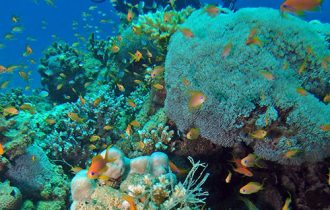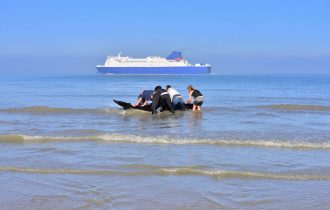Marine Jobs
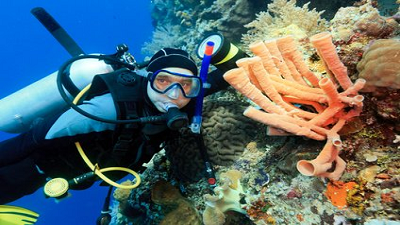
Please search through our site for more information about the various marine animal jobs and marine careers.
For most marine animal jobs, it is beneficial to have relevant training. Firstly consider the type of marine animal role you are interested in, and then start studying so that you can gain a qualification to help you find the right job.
Often when people think of marine careers, the job of dolphin trainer (marine mammal trainer) comes to mind. Marine Mammal Trainers are responsible for training and caring for dolphins, whales, seals, sea lions, walruses and other marine mammals using a training system of positive reinforcement. Behaviours are taught to help educate and entertain people through shows, demonstrations and interactive programs. Until a time when legislation prevents the capture and keeping of wild animals, these wild creatures are being kept in captivity. Whilst we are against this, we recognise that in order to ensure high levels of care, those animals living in captivity require carers who have a good knowledge of marine mammal care and welfare. Trainers are required to be extremely patient and a thorough knowledge of animal biology, behaviour, water chemistry, nutrition, veterinary medicine and marine ecology. This is not glamorous work and a trainer’s daily duties involve cleaning, preparing fish, feeding, maintaing records, public education and training.
Marine Research Station Practical Placement in Malaysia
Any accredited Marine AnimalRescue, Conservation, Zoology, Biology or Ichthyology Diploma course is included with this practical placement.
This is a 4 week practical placement in Malaysia where volunteers work in a marine research station that involves the local village boatmen in conducting daily surveys to better understand the problem and empower them to protect their own islands. This placement includes a PADI Open Water Course and a Marine course.
Placement & Course Fees: £1,850 for 4 weeks
Deposit Fee: £374

Turtle Conservation Practical Placement in Malaysia
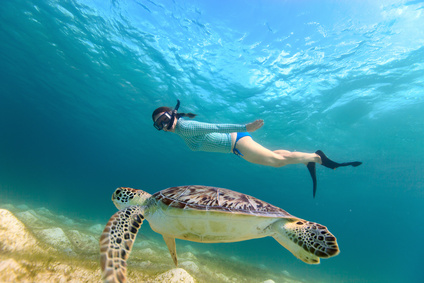
Snorkel these beautiful waters to take photos of turtles for research and conservation management. Assist with hatchling beach patrols and education for locals & tourists.
Any Marine Animal Rescue, Conservation, Zoology, Biology or Ichthyology Diploma course is included with this practical placement.
The intertidal area or littoral zone as it is known, constitutes a small area of the marine environment and is defined as the area which is subject to the rise and fall of the tides. The length of time an area is exposed to air during low tide differs according to the tidal regime. In the Gulf of Mexico, there is only one tide per day (a diurnal tide) but on most coasts there are two tides per day (semidiurnal tides). The tidal range also determines the extent of the intertidal zone. Tidal range varies with the height of high and low water as it changes with the alignment of the Earth, sun and moon and also with the configuration of the coastline. In some areas such as Tahiti and the Baltic Sea, the tidal range is barely perceptible but in areas such as the Bay of Fundy in eastern Canada, the tidal range is some 15 m. The slope of the shore also affects the intertidal zones with gently sloping shores moderating wave action.
The high water spring tides are the highest tides of all and occur twice per month when the Earth Sun and Moon are aligned and gravitational forces are pulling together. Low water neap tides are the lowest tides and occur when the Earth, Sun and Moon are not aligned and gravitational forces are opposed. High water is the level at which the tide rises on the shore on any day and low water is the level it falls on any day. Mid water is the point between high and low water. Animals and plants become zoned on the shore according to the level of the tides locally.
Rocky shores are zoned according to the tidal height with a distinctive set of animals and plants high on the shoreline with different ones found lower down. Zones are determined by groups of sessile animals and plants such as barnacles, limpets, mussels and algae. Mobile animals also tend to stay within certain zones, although these are less well defined. The highest zone on the shore is the supralittoral. This area is only wetted at the high water spring tides. It is a fairly inhospitable zone with exposure to strong winds and extremes of temperature. Marine animals and plants here are at risk of desiccation (drying out). At the upper part of the supralittoral zone are the black, yellow and orange lichens (which are a mix of algae and fungi) such as Xanthoria and Caloplaca, the blue-green algae and periwinkles such as, Littorina saxatalis, which graze on the algae. Crustaceans such as the isopod Ligia are also found here along with certain insects such as Machilis. Barnacles are occasionally present, although they are more widespread further down the shore. Some cliff plants such as rock samphire, thrift and sea campion may extend into this area.
At the lower end of the supralittoral is an area, which is often exposed for long periods before the high tide reaches it. Periwinkles, Littorina sp. are found in abundance here, with up to 10,000 periwinkles per m2 in places. Barnacles such as Chthamalus stellatus are also found here, although they are more common further down the shore. The most common algae at the lower end of the supralittoral are the wracks : channelled wrack, Pelvetia canaliculata, spiral wrack, Fucus spiralis and the egg wrack, Ascophyllum nodosum.
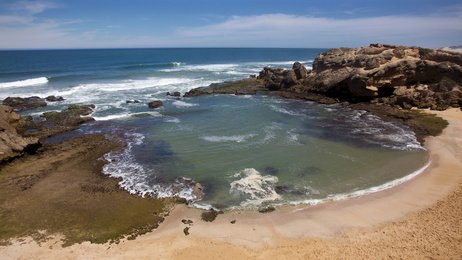
Molluscs found here include the common limpet, Patella vulgatta, and the edible mussel, Mytilus edulis, the flat top shell, Gibbula umbilicalis and the dog whelk, Nucella lapillus. In this middle zone, exposure to air is less prolonged than in the supralittoral and more species are able to tolerate the conditions here. Therefore, diversity increases and biological factors such as competition for space, availability of suitable food and predation begin to determine which species are present.
On the lower shore, the Infralittoral extends from the level of the lowest neap tide up to the bottom of the midlittoral. This upper limit of the sublittoral is also the highest extent of the kelps. Kelps are the giant algae and are important plants for primary production in benthic communities. These algae are multicellular plants. Many kelps are small in size, although giant kelps occur in some temperate areas such as the SE Alaskan coast. Red seaweeds such as Laurencia sp. and Mastocarpus stellatus become widespread in the infralittoral and the red pigment in them masks the green of the chlorophyll.
The toothed wrack, Fucus seratus, is abundant here also and the barnacle, Balanus balanoides is the dominant species within a well-defined belt. Winkles such as the flat periwinkle, Littorina obtusata, are found frequently. Other molluscs include limpets, dog whelks and mussels. Species of starfish, brittle stars and cnidarians are also found as well as several crustaceans such as the velvet swimming crab, Necora puba, and the green shore crab, Carcinus maenas.
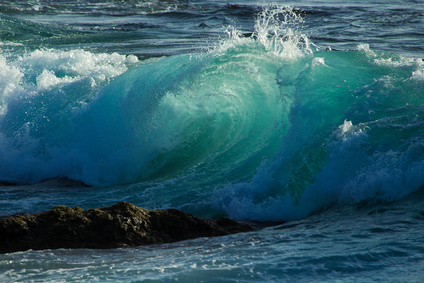
The higher up the shore we go, the lower the species diversity but the higher the population numbers, whereas lower on the shore the species diversity is higher but biological factors keep numbers in check. Studies have been carried out to try to find out why zonation occurs on the shore and sessile animals make interesting subjects which are perfect for these types of studies. Photographs are taken over time of marked individuals so that they can be monitored. They can also be manipulated and removed to other areas of the littoral zone or even to different sites. Predators can be excluded by enclosing the study animals in wire cages.
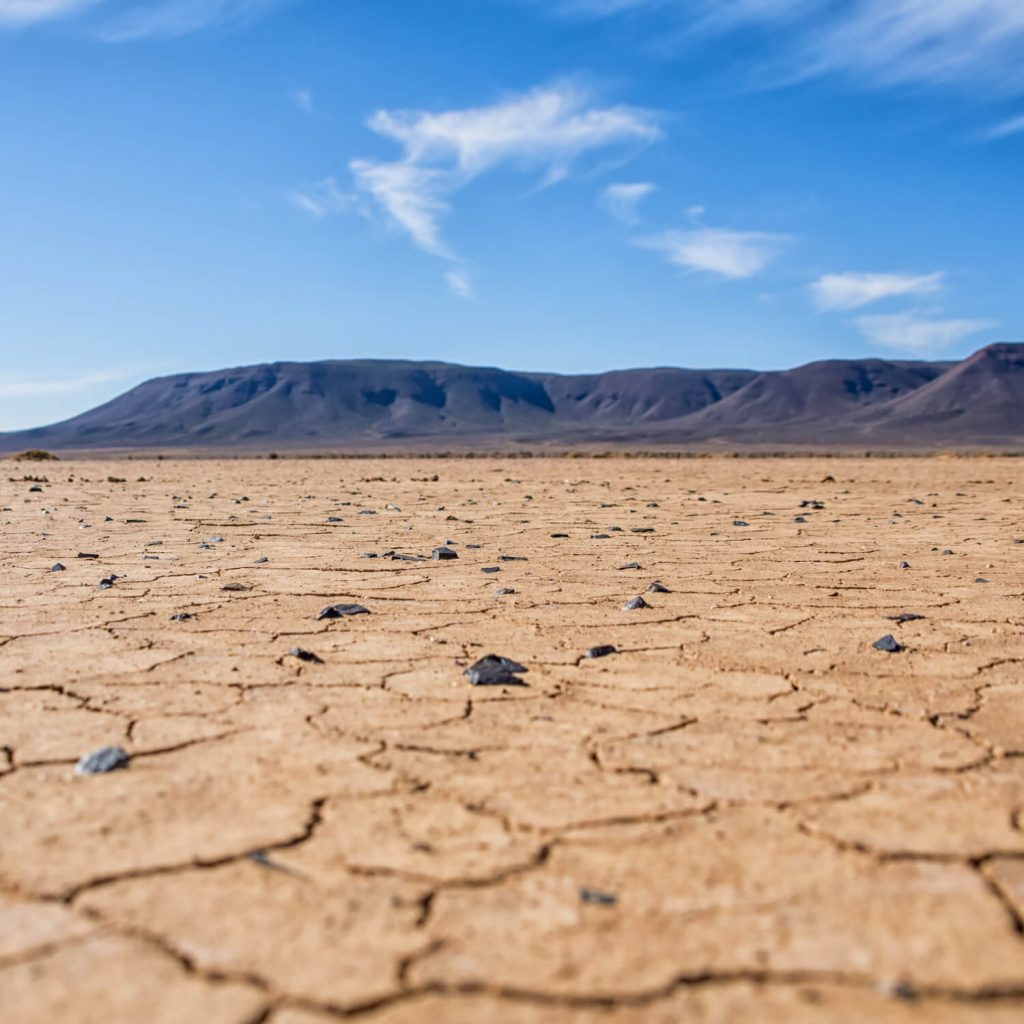
Chthamalus was tougher and better able to withstand the harsher conditions high in the supralittoral than Balanus and so physical factors such as temperature and desiccation were deciding factors in the upper zonation of the two barnacle species. In the lower part of the Balanus zone, the predatory whelk, Nucella lapillus is also found. When Nucella are removed from an area and excluded by wire cages, Balanus increased in numbers, showing that in this lower zone, predation and competition for space limit Balanus population numbers and set the lower zone limit.
Relevant Jobs
By the help of courses stated above, you can apply to the following jobs
Looking for an Ofqual regulated course that complies with the Animal Activity Licensing (AAL)?
You can also get hands-on training at our canine behaviour college!
Please get in touch with our career advisers for assistance with finding the right course for your requirements.
Canine employers: See our reviews! Please get in touch with us as we can assist you in filling your jobs with dogs
Already trained? Then please visit our Job Board where you can apply for the latest animal jobs.




